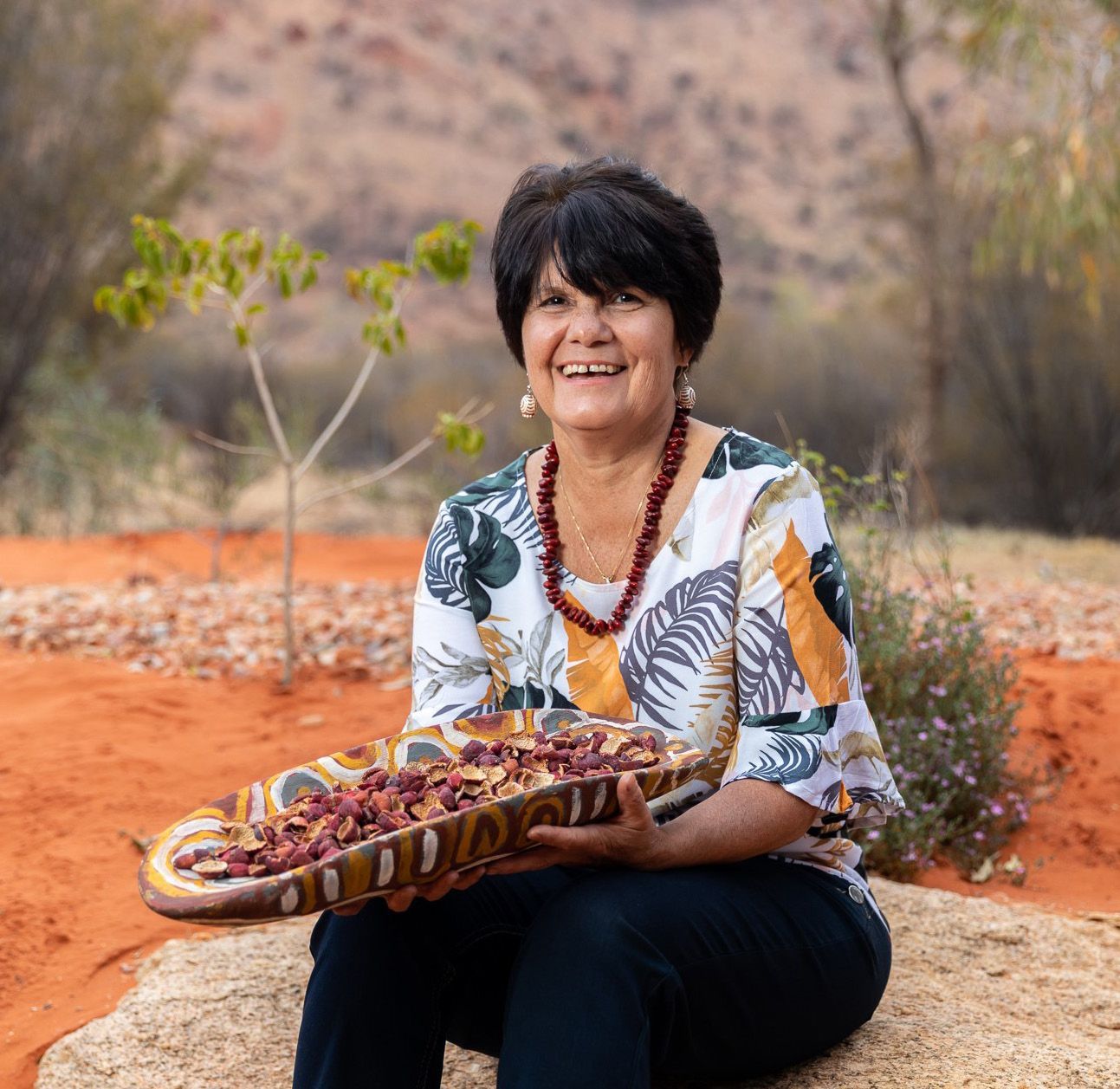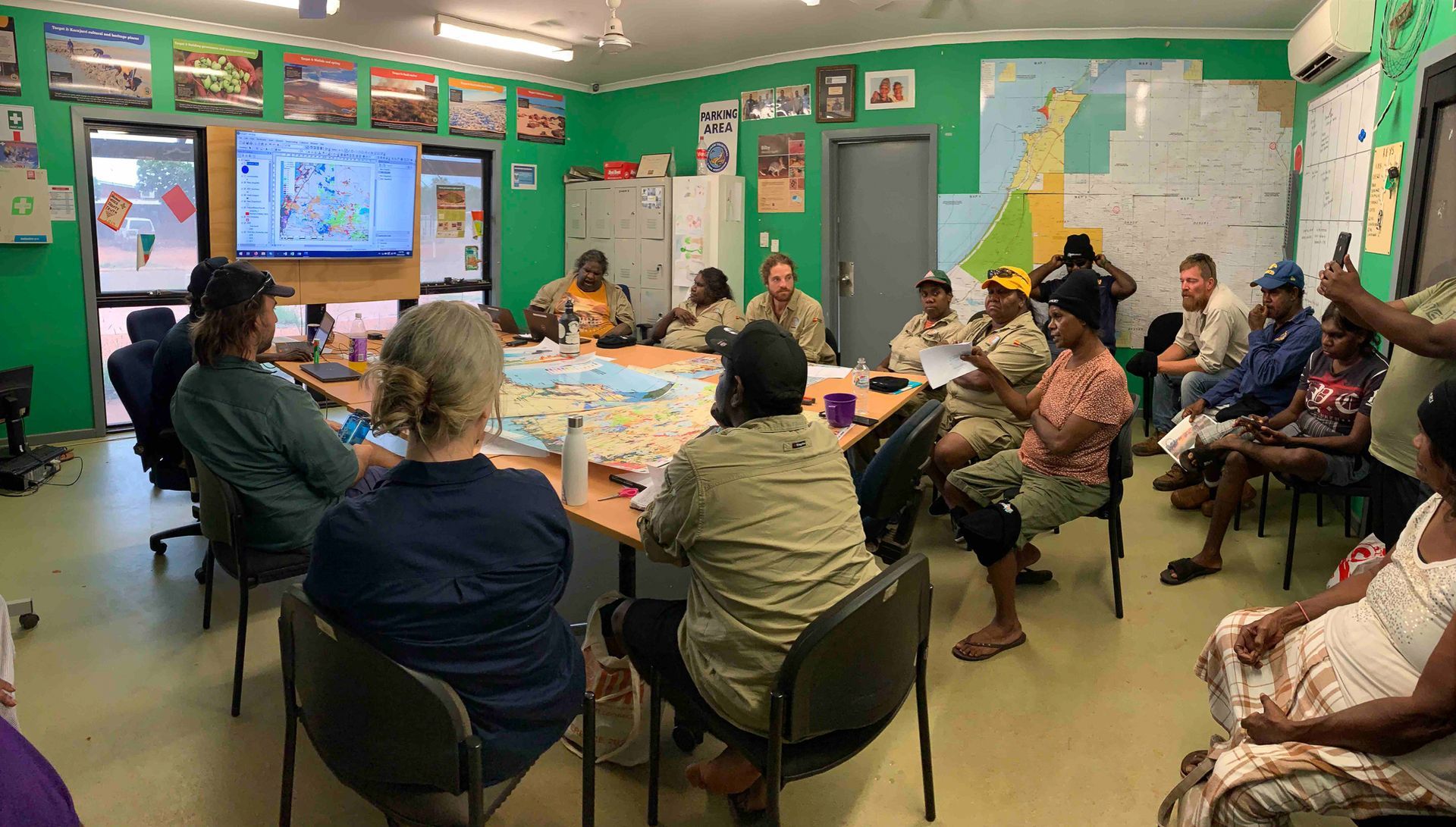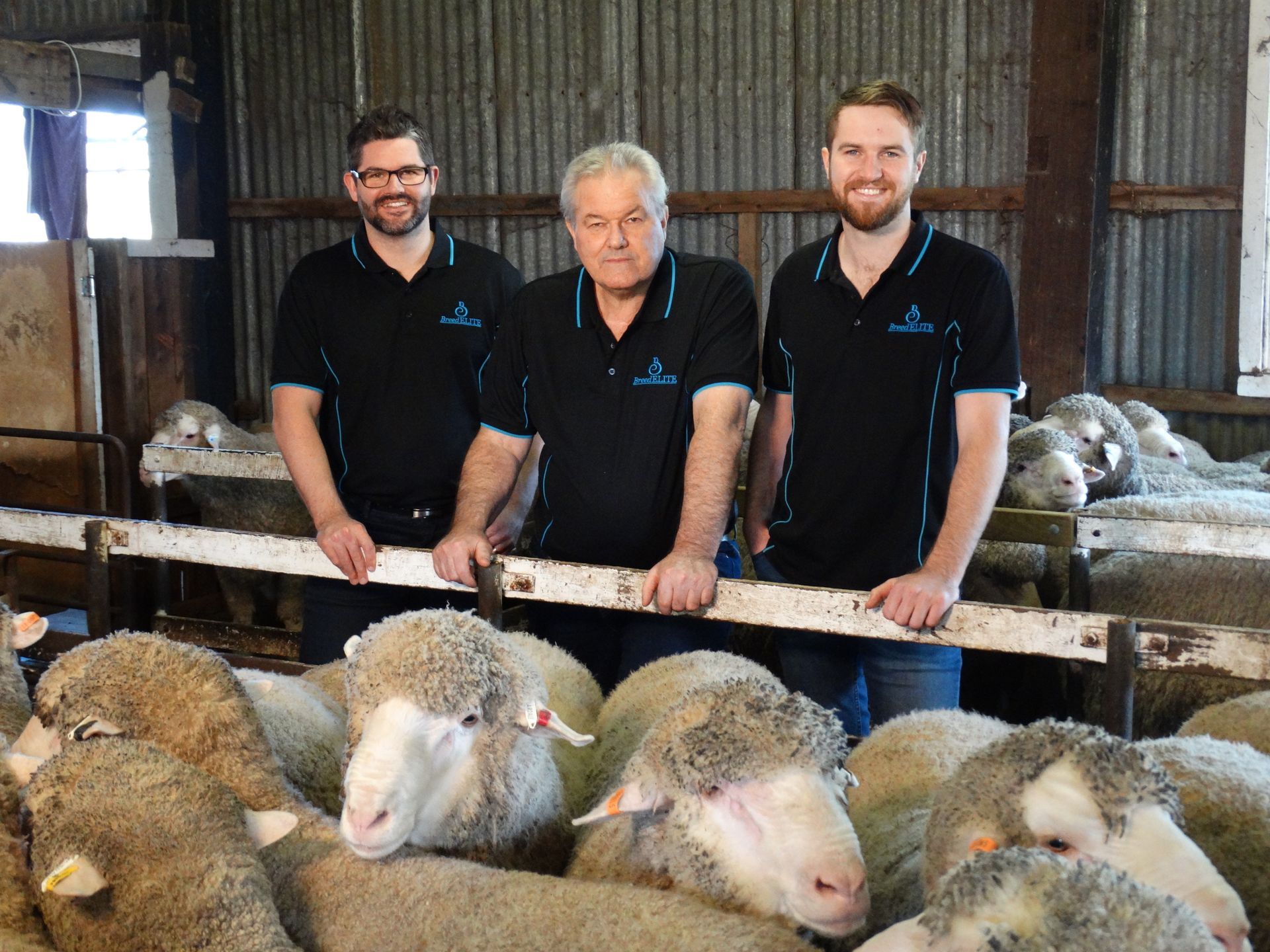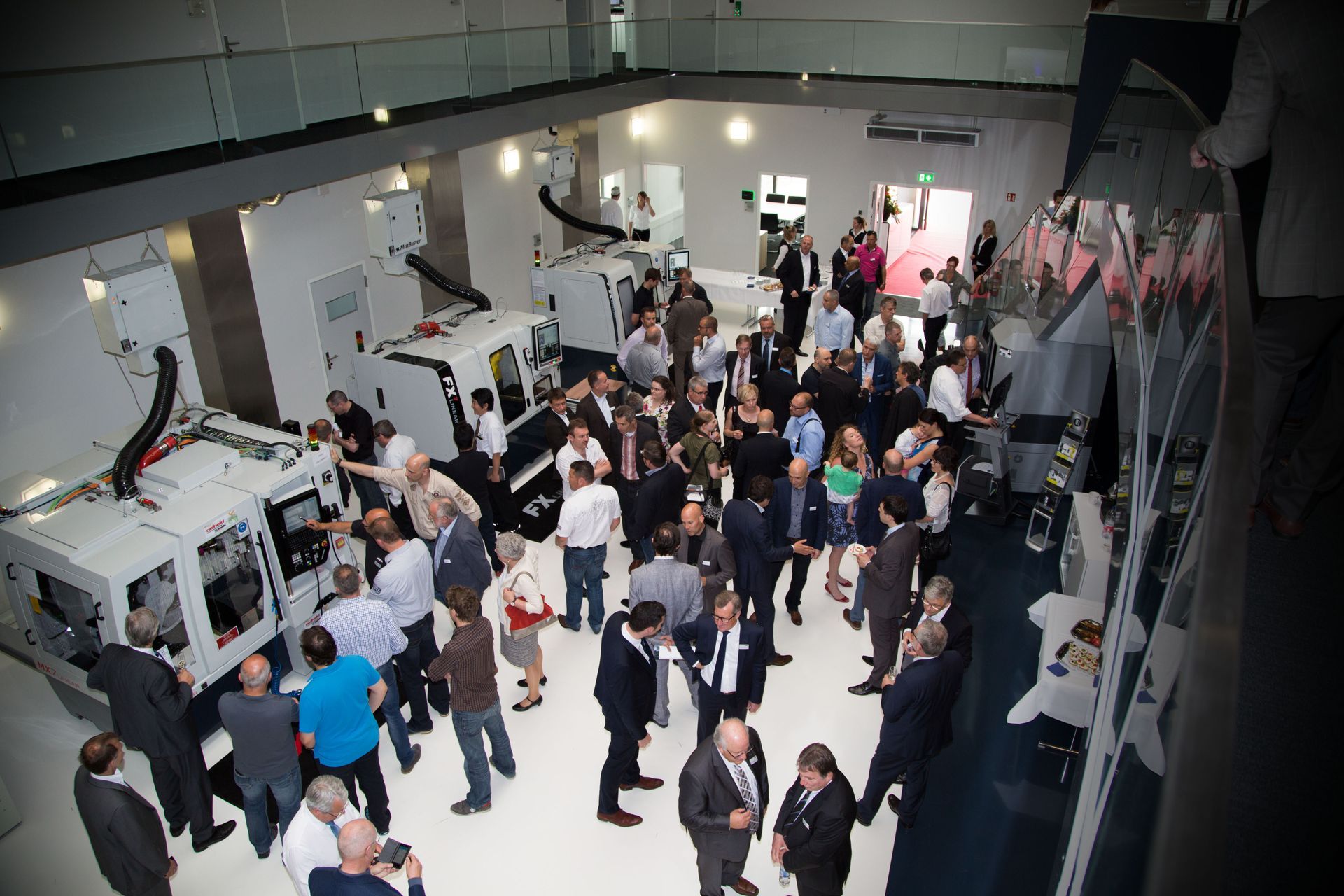Marnie Baker is Managing Director of Bendigo and Adelaide Bank.
Tall poppy syndrome: antithesis of innovation

Australia has a proud history of innovation - from ancient Indigenous land management practices to the invention of Wi-Fi and the Cochlear Implant. This history also, perhaps unsurprisingly, extends to Australia’s finance and banking industry. In our lifetime, we have seen the dramatic digitalisation of our industry from paper to polymer to (digital) payments.
‘Innovation’ is often mistakenly confused with ‘technology’. At its core, innovation is about new ideas and their application, not the technological tool that facilitates it. Scholar William Pollard once said that learning and innovation go hand-in-hand. In this sense, it is critical businesses learn from their customers, are nimble, challenge accepted practices and effect mutually beneficial change for both their business and the community.
Before 2020, it was true to say customers’ needs and expectations were evolving at pace. However, this year we’ve seen this pace of change magnify as our collective worlds were flipped upside-down by the COVID-19 pandemic.
Exponential advances in technology - underpinned by Moore's Law – and increasing pressure to do things smarter, better, differently, are helping drive that innovation. Necessity is after all the mother of invention.
In the lead up to and further catalysed by the year 2020, we’ve rapidly digitised our way of living. Everything from our work and personal lives, through to how we get our food, how we deliver education and how we entertain or are entertained has changed.
Agility is the order of the day and it’s clear the organisations that adapt and transition best to meet these new demands will be the ones to succeed and ultimately feed into a stronger and more robust Australia.
The relatively recent emergence of fintechs are part of this exponential (r)evolution, shaking the system by working to solve previously unsolved or unthought of customer challenges in the value chain, while delivering more choice, competition and convenience.
A trend of fintech collaboration in the banking and finance industry is growing. Established players and new entrants are finding innovative ways to enhance the customer experience - from introducing new payment solutions and increasing the speed of fulfilment, to providing consumers with new ways to access financial markets. Fintech partnership presents an opportunity for banks to plug in specialised capability in more efficient and customer-centric ways than the traditional merger and acquisition activity or duplication strategies we have seen in the past.
Innovative partnerships are not without its hurdles though. Forty-two percent of fintechs say building relationships with banks is a challenge. However, with access to talent, demand and capital also noted as key challenges for fintechs, the opportunities presented by collaboration become clear. Delivered in the right way and with the right attitude, this collaborative approach could propel Australia’s finance innovation into a new dawn.
Innovation can also sometimes come face to face with a unique Australian accent. Traditionally, whilst we’ve been global leaders on so many occasions, we’ve not always been very good at celebrating our successes. We sometimes lack comfort with the ‘fast-fail’ culture other countries seem to embrace, and our self-deprecating nature can at times lead to tall poppy syndrome. Indeed, you could argue tall poppy syndrome is the antithesis of innovation.
We must find a way to liberate this cultural trait and find a happy medium - true to who we are as a nation – celebrating and encouraging success and fearlessly reaching for new heights in the quest for unveiling new exciting ways to solve tomorrow’s problems.











